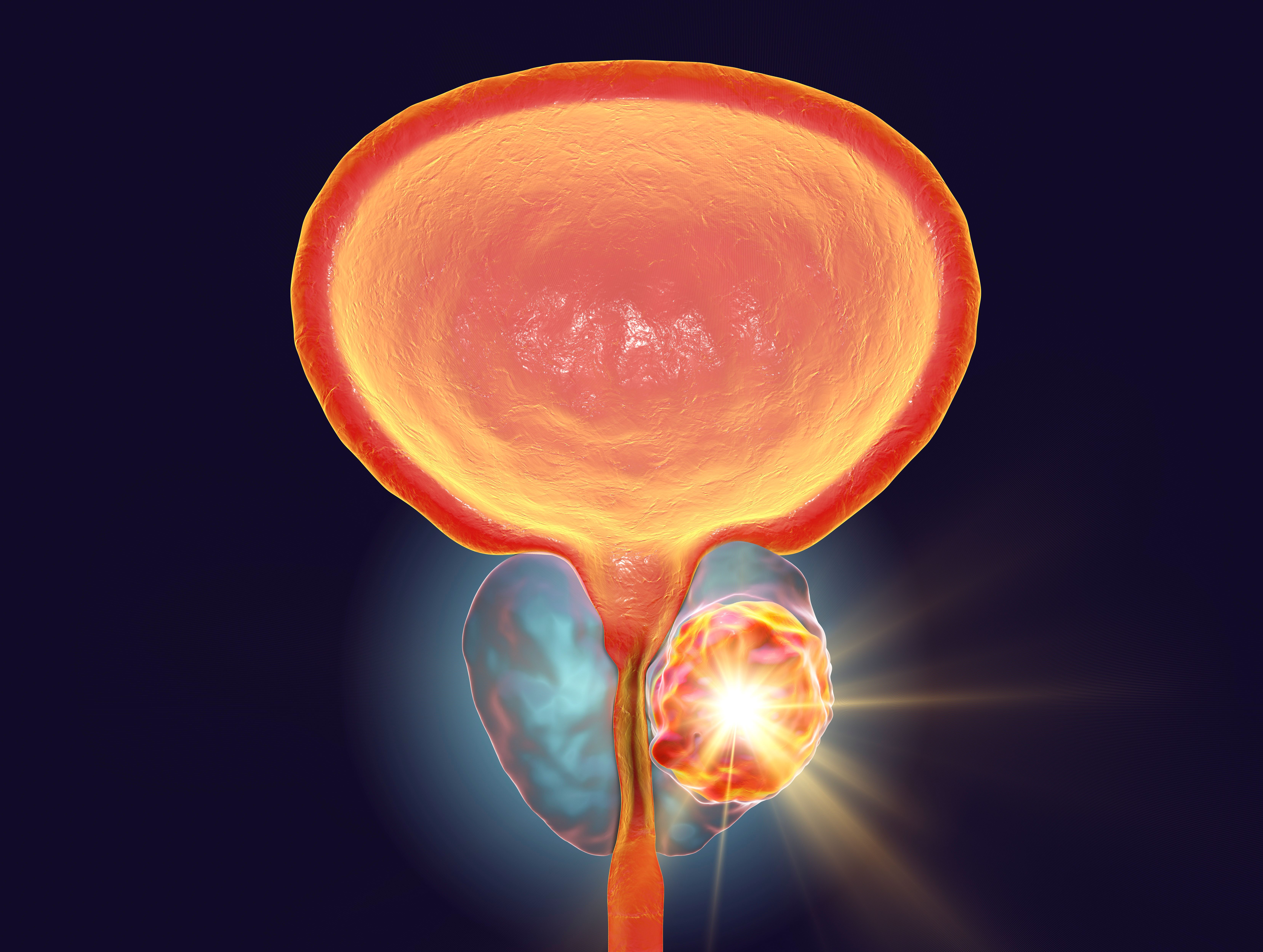News
Article
Study Finds IVIG, Therapeutic Plasma Exchange Have Comparable Efficacy for Neurological Disorders
Author(s):
Choice of therapy should be selected based on patient needs and conditions.
A literature review including 30 years of data for various conditions found that intravenous immunoglobulin (IVIG) and therapeutic plasma exchange (TPE) have comparable efficacy for autoimmune neurological disorders, with few exceptions.
Image credit: Corona Borealis | stock.adobe.com

Investigators concluded that treatment choices should be tailored to patients’ individual needs and based on available clinical resources. Better studies are also needed to provide higher-level quality of evidence regarding the efficacy of IVIG and TPE treatments, according to the authors.
IVIG and TPE have some key differences. IVIG contains purified human immunoglobulins and is believed to achieve therapeutic effects by inactivating the immune mediators and modulating immune responses. In contrast, TPE aims to eliminate the immune receptors by separating the patient’s blood into plasma and cellular components. The plasma is replaced with fresh frozen plasma from a donor or colloid solution, which is re-infused with autologous blood cells.
Although each approach has its own risks and benefits, the choice of therapy should be selected based on patient needs and conditions. For example, the study authors noted that neurologists often prefer IVIG over TPE in patients with severe infections.
Administration can also present limitations. TPE requires planning and trained medical personnel because its complications can include catheter-related issues or exchange-related problems, such as electrolyte imbalance or hypotension. Similarly, IVIG can cause some adverse effects (AEs), which are rarely severe but may be more frequent, particularly among patients who experienced previous AEs or among first-time recipients.
In their new study, investigators conducted a systematic literature review of studies comparing the efficacy of TPE versus IVIG to treat autoimmune neurological disorders with the goal of identifying conditions in which both treatments show similar efficacies and those where one may be preferable. A total of 1073 unique records were identified, 140 of which were assessed for eligibility. Of those, 33 were assessed for eligibility and expert input provided 11 more records of interest.
The studies examined a variety of neurological disorders:
- In Guillain-Barre syndrome (GBS), the review found a low (grade C) recommendation for superiority of TPE over IVIG and vice versa, while the grade of recommendation for TPE being equally efficacious to IVIG was moderate (grade B).
- Out of 11 comparative studies in myasthenia gravis (MG), 8 concluded that TPE and IVIG were equally efficacious and 2 concluded that TPE was more efficacious than IVIG. One study favored IVIG because of the shorter patient intubation times required for MG treatment. The grade of recommendation for either therapy was moderate (grade B).
- Investigators identified 3 records comparing IVIG and TPE efficacy in chronic inflammatory demyelinating polyradiculoneuropathy (CIDP). One clinical trial in adults found no differences between TPE and IVIG in terms of neurological disability and weakness scores or summated muscle motor potentials, though the same trial reported that therapeutic effects were short-lived for both therapies. Data from the pediatric studies were inconsistent. Overall, IVIG may be preferable for its availability and relatively fewer AEs.
- The review included only 1 study comparing TPE and IVIG in encephalitis, which reported longer hospitalization times and lower discharge possibility after treatment with TPE.
- No systematic studies comparing IVIG and TPE in neuromyelitis optica spectrum disorders (NMOSDs) were identified, although the researchers did include some publications from a targeted literature review due to emerging clinical evidence. TPE is widely accepted as a mainstay treatment for NMO relapses, although a few case series have reported the possible benefit of IVIG.
Based on the review, investigators concluded that TPE and IVIG are both viable treatment options for multiple autoimmune neurological disorders, including GBS, MG, CIDP, and encephalitis. The evidence from the targeted review in NMOSD favored TPE over IVIG, although a few suggested potential benefits with IVIG.
These conflicting results highlight the need for tailored treatment decisions based on patients’ needs and individual situations. The authors concluded that future studies on autoimmune neurological disorders should be prospective and quality-of-life assessments should be included in order to evaluate the long-term benefit of different treatments.
Reference
Pinto AA, De Seze J, Jacob A, Reddel S, et al. Comparison of IVIG and TPE efficacy in the treatment of neurological disorders: a systematic literature review. Ther Adv Neurol Disord. 2023;16:1-26. doi:10.1177/17562864231154306
Newsletter
Stay informed on drug updates, treatment guidelines, and pharmacy practice trends—subscribe to Pharmacy Times for weekly clinical insights.






